Looking for the fountain of youth? You might be overlooking an important key to aging well.
You’ve probably heard about a million and one ways to improve your aging body, but if you haven’t considered your circulatory health, you may be missing out. Improved circulation affects the body from head to toe, says Frances Largeman-Roth, registered dietitian. Best-selling author, Frances was former Food & Nutrition Director at Health magazine and frequently appears on national TV shows, including  Dr. Oz.
Dr. Oz.
Partnering with CocoaVia® to raise awareness of the importance of circulatory health as we age, Frances tells us how to keep our blood flow fab and meet our changing nutritional needs.
What’s the relationship between nutrition and the aging process?
Nutrition is the fountain of youth. As we age, we’re more prone to health risks. Staying active and eating right help ensure better health.
My father had type 2 diabetes and died when I was 12, which inspired me to become a dietitian and learn how various systems work in the body. Besides his diabetes, my father was overweight and had high blood pressure; together, these conditions caused a massive heart attack, which may have been preventable. There’s much that we can do to take care of ourselves, and we’re just beginning to scratch the surface when it comes to nutrients that are vital to our health.
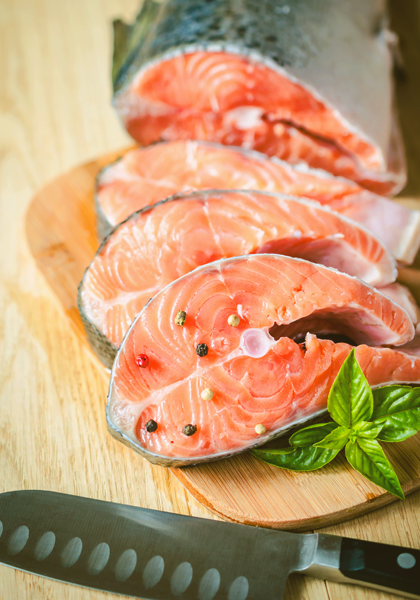
How do nutritional needs change as we age?
As women age, they need less iron. The recommended iron intake, which is 18 mg for women from 19 to 50, drops down to 8 mg for 51-to-70 year old women. Women who are over 50 should consume less red meat and eat leaner proteins like chicken and fish, as well as get protein from legumes and beans.
Although FOF women don’t need as much iron, those entering menopause do need 1200 mg of calcium a day, according to the Institute of Medicine. The requirement for vitamin D also increases, to 600 IU per day. Getting the right amount of calcium and vitamin D, plus getting regular weight-bearing exercise, can go a long way toward preventing osteoporosis and bone fractures. Vitamins B6 and B12 help your body to get rid of homocysteine, which contributes to hardening of the arteries. You can get B6 from fortified cereals, bananas, potatoes and brown rice. B12 is found in salmon, beef and milk.
What key to healthy aging do women over 50 often overlook?
I would say circulation. CocoaVia® recently found that circulation is a topic doctors rarely cover with their patients. Women are very concerned about healthy aging, but they don’t really understand the importance of circulation in the process. Circulation affects our hearts, our brains, our skin, muscles and blood flow to the extremities. It’s crucial.
As we age, our vascular systems stiffen, our blood vessels become less flexible, and blood doesn’t flow as easily as it once did. All of which can really compromise us in many different ways, from cold hands and feet to low exercise performance.
How can we improve our circulation?
Adding a guaranteed source of cocoa flavanols to our daily routines, like CocoaVia® cocoa extract supplement, can help women over 50 support their circulatory health. Cocoa flavanols are powerful, plant-based nutrients found naturally in cocoa beans and are clinically proven to help maintain healthy circulation. Decades of scientific research demonstrate the power of cocoa flavanols to positively impact blood vessel flexibility.
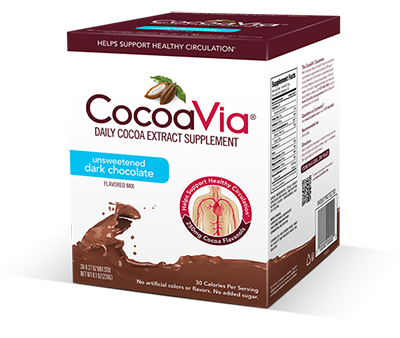
I particularly like adding CocoaVia’s unsweetened dark chocolate to coffee and smoothies. If you’re not a chocolate person, try the two fruit flavors. I add them to my water bottle and just shake it up before going out for a run. The fruit flavors also can be used in fruit-based smoothies. They’re really cool products that women can just throw into their purses. It’s also easy to incorporate the capsule supplements into your daily routine.
What are some key nutrition tips you can offer FOFs who want to look and feel their best?
Overall, your diet that should be based mostly on whole, unprocessed foods, including whole grains, legumes, fruits and vegetables, lean meats, and dairy. If 80 to 90 percent of your diet consists of whole and unprocessed foods, you’ll automatically take in less sodium, fewer preservatives, less saturated fat, and less fat.
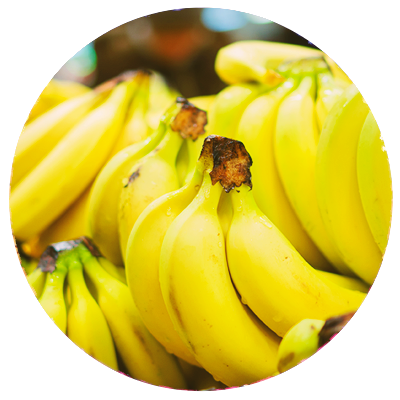
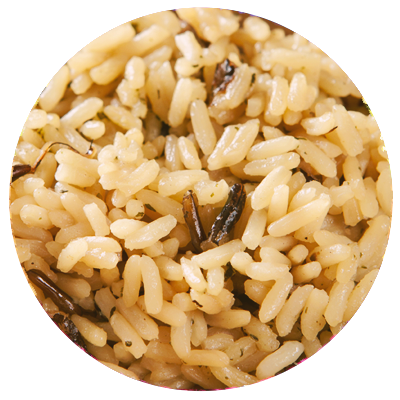
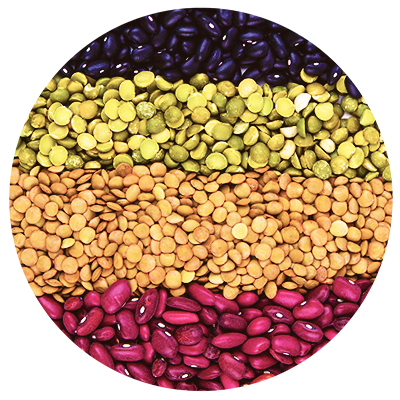
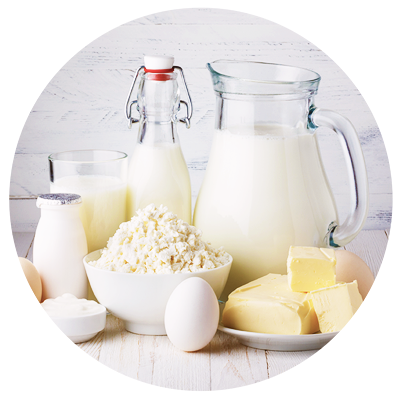
As we age, the amount of calories that we need also declines, so you need to pack more nutrients into fewer calories. Eating closer to the earth can help you to do that. And, adding more color to your diet at every meal will help boost your antioxidants and phytochemicals, which automatically gives you more nutrients. My new book, Eating in Color, is a terrific guide for how to do this.
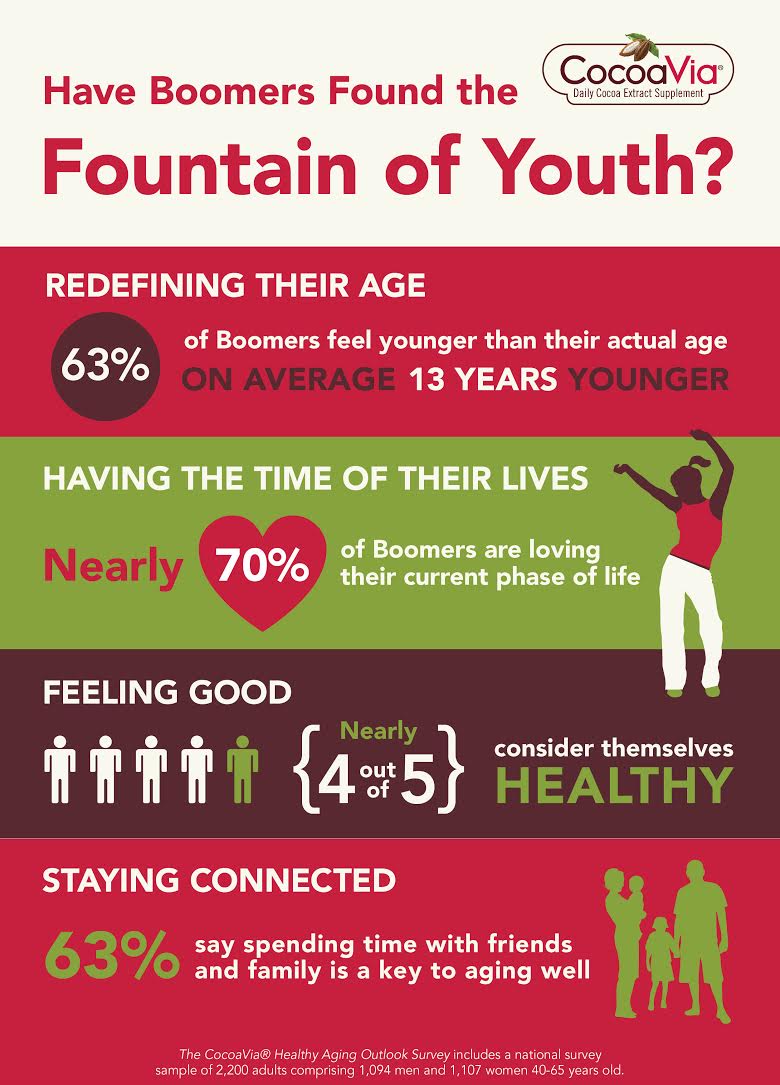


0 Responses to “Nutritional Secrets to Aging Well”
Carol Sexton says:
I have found I like Vanilla Slim Fast with a Frozen Banana in 2% milk liquefied in a blender, quite tasty it is also ok with chocolate